 by Decker Ngongang, Vice President of Programs, Mobilize.org
by Decker Ngongang, Vice President of Programs, Mobilize.org
To date, there have been approximately 2 million service men and women serving our country in Iraq and Afghanistan.
Of those millions of brave souls, almost 1.26 million of them are within my generation, the Millennial Generation.
They are young men and women who are returning home to our campuses and our communities, facing obstacles and opportunities that seem swept under the rug in the every day lives of many of my peers.
This spring Mobilize.org hosted a Democracy 2.0 Summit to explore the unique issues facing our returning Millennial veterans.
Using interactive keypad voting technology we identified and discussed the most pressing issues and used them to develop veteran-led solutions at the community level.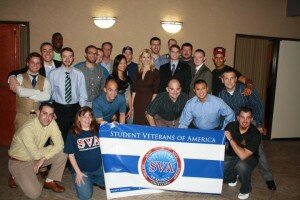
The guiding research behind our summit was the “ done by Civic Enterprises.
What the report, authored by and John Bridgeland, shows and what the veterans at the summit continued to mention, is that an understanding of the value our veterans can offer our communities is missing and often overlooked:
- Nearly nine out of ten OIF/OEF veterans (89 percent) strongly agreed or agreed that Americans could learn something from the example of service of Veterans, yet only half consider themselves leaders in their communities as a result of their military service.
- Nearly seven in ten respondents (69 percent) said that they had not been contacted by a community institution, local non- profit, or place of worship.
- 70 percent of OIF/ OEF veterans felt motivated to volunteer in their communities.
The theme of committed service beyond the battlefield resonated throughout the event; as veterans discussed the pressing issues they face returning home, there was a continued refrain of problem solving and motivation to help their fellow veterans and civilians address the issues we all face.
The veterans did not consider their service complete once they were discharged, rather they saw in their communities a place they desired to serve with their peers and with their families.
Whether they served through a tuition assistance program for returning veterans, or by creating farm-based therapy programs for other veterans, or by volunteering at a boys and girls club; these veterans consistently saw community-based service as their next mission and in some cases the best therapy.
Many of these young people have seen their friends die or severely injured, and the way they seek to memorialize them is to continue serving in their honor.
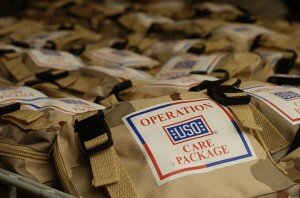 These veterans are also working to change the stereotypes often associated with those who serve our country.
These veterans are also working to change the stereotypes often associated with those who serve our country.
Their capacity to serve doesn’t end on the battlefield, and this Memorial Day, Mobilize.org is excited to support organizations like The Mission Continues and their initiative.
Through this program, Veterans have the opportunity to inspire, lead and work side by side with the civilians whose freedoms they have protected.
With so many Millennial veterans returning to our communities, we must be intentional in engaging them in the many battles we have to improve our schools, our environment, and to provide for the less fortunate.
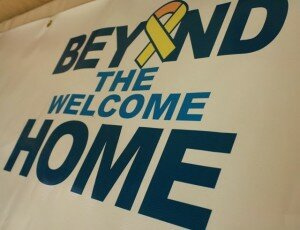 What I and the Mobilize.org team learned at the Beyond the Welcome Home Summit is that the best way to thank our veterans and to honor their service is to once again empower them to serve at home.
What I and the Mobilize.org team learned at the Beyond the Welcome Home Summit is that the best way to thank our veterans and to honor their service is to once again empower them to serve at home.
Veterans want to meet the needs of their communities and many want to serve any way they can – we just have to reach out, invite them and ask how, not if, they want to help.
For an inside look at Beyond the Welcome Home, check out the special featuring a few of our Democracy 2.0 Award winners.


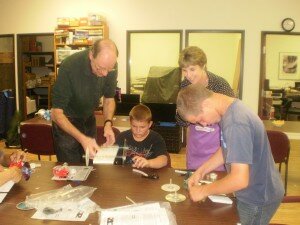 The student volunteers have a variety of
The student volunteers have a variety of 
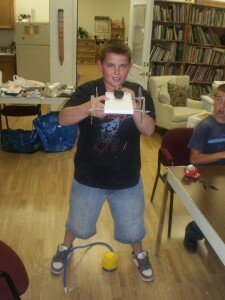 At the end of the school year the students proudly presented me with a handmade card signed by each of them telling me how much they appreciated the opportunity of volunteering and all that they learned.
At the end of the school year the students proudly presented me with a handmade card signed by each of them telling me how much they appreciated the opportunity of volunteering and all that they learned. By Zach Maurin, Co-founder and Executive Director of
By Zach Maurin, Co-founder and Executive Director of  Field Corps will recruit, train, and support an annual cohort of community organizers to build and lead local networks.
Field Corps will recruit, train, and support an annual cohort of community organizers to build and lead local networks.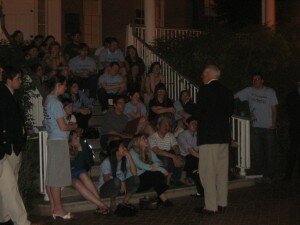


 Give children something to work towards.
Give children something to work towards.
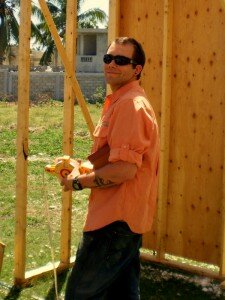
 Right now I am somewhere over Kansas, flying home from another school transformation project, and I just finished editing my Haiti photos.
Right now I am somewhere over Kansas, flying home from another school transformation project, and I just finished editing my Haiti photos.
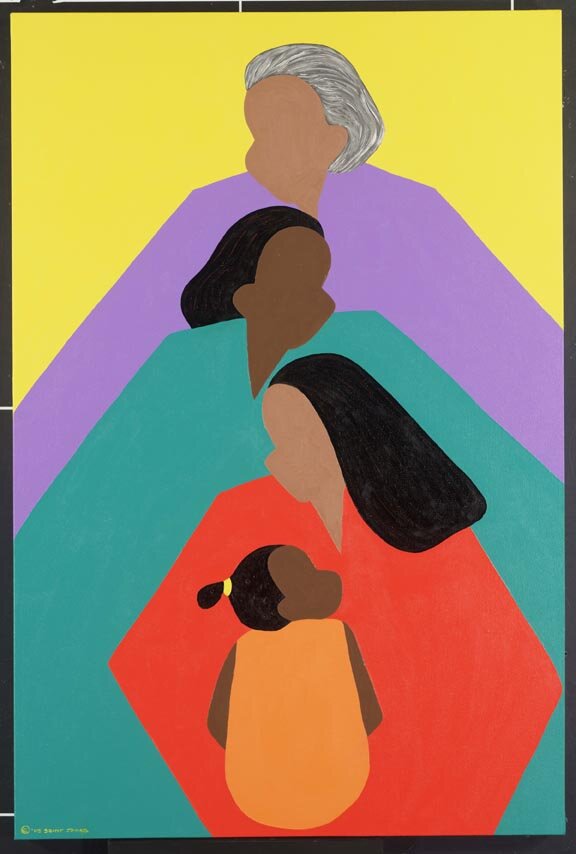 the blessings of their lives. And while many act from a place of privilege, it is perhaps most inspiring to hear from people who find a way to serve others when they themselves are suffering.
the blessings of their lives. And while many act from a place of privilege, it is perhaps most inspiring to hear from people who find a way to serve others when they themselves are suffering.



 Apparently, so did a lot of other people, as suddenly I saw people in the online community running off to donate their hair to the oil spill clean-up efforts.
Apparently, so did a lot of other people, as suddenly I saw people in the online community running off to donate their hair to the oil spill clean-up efforts.

